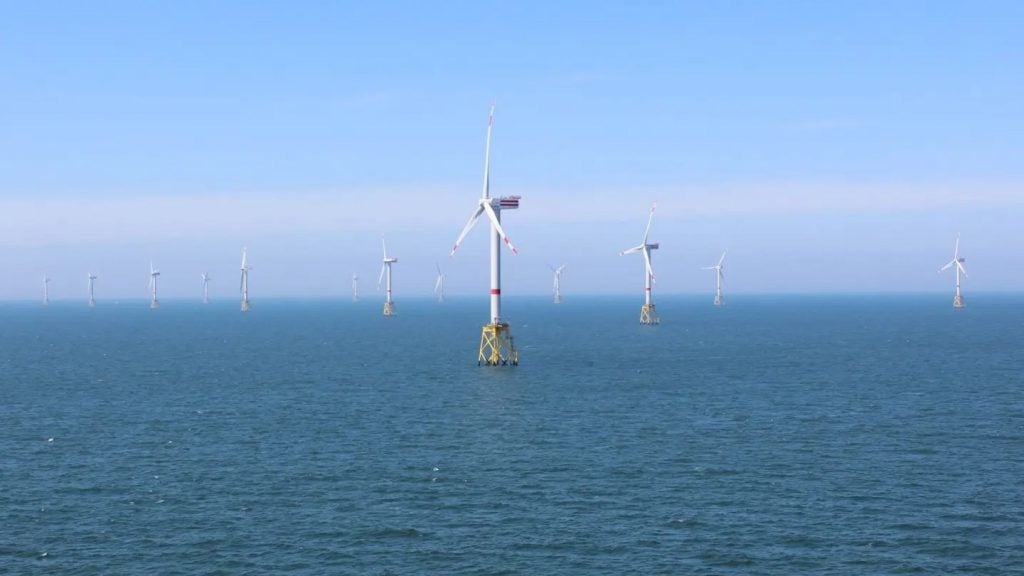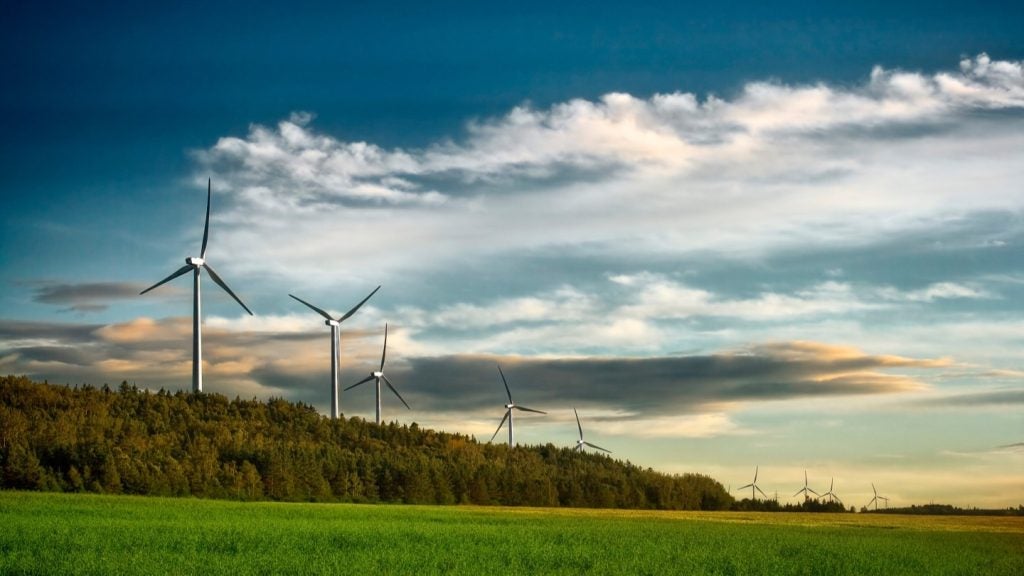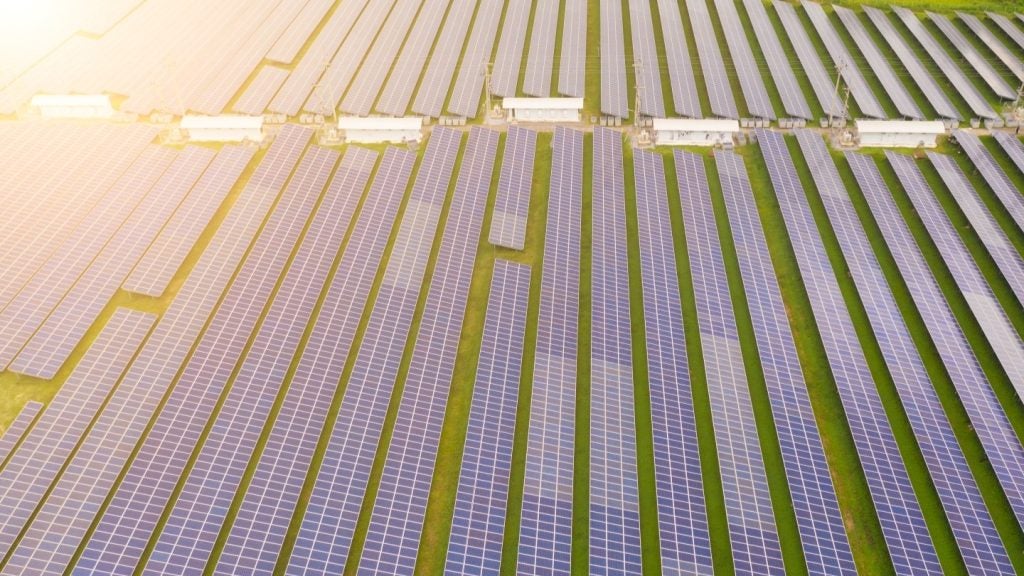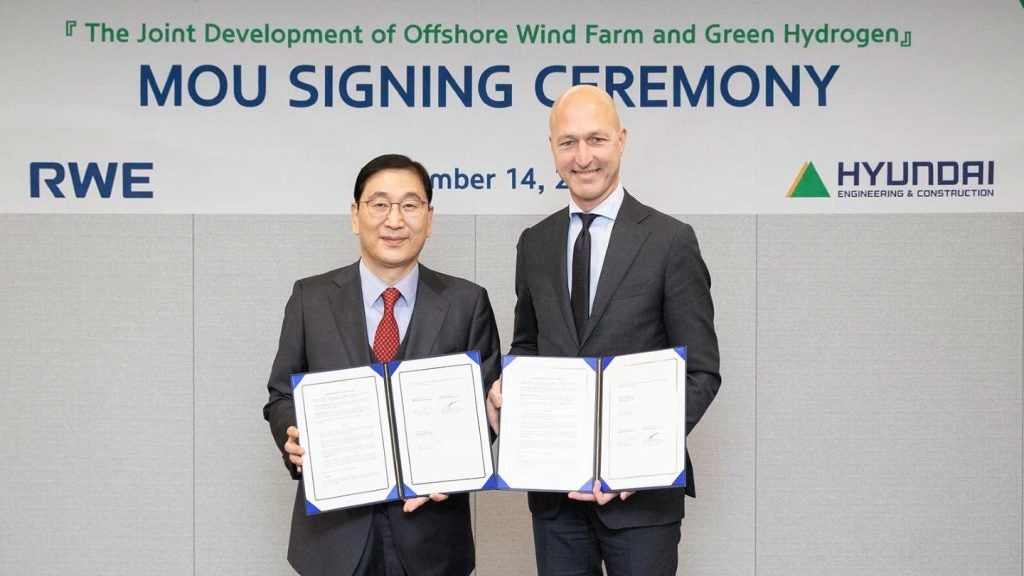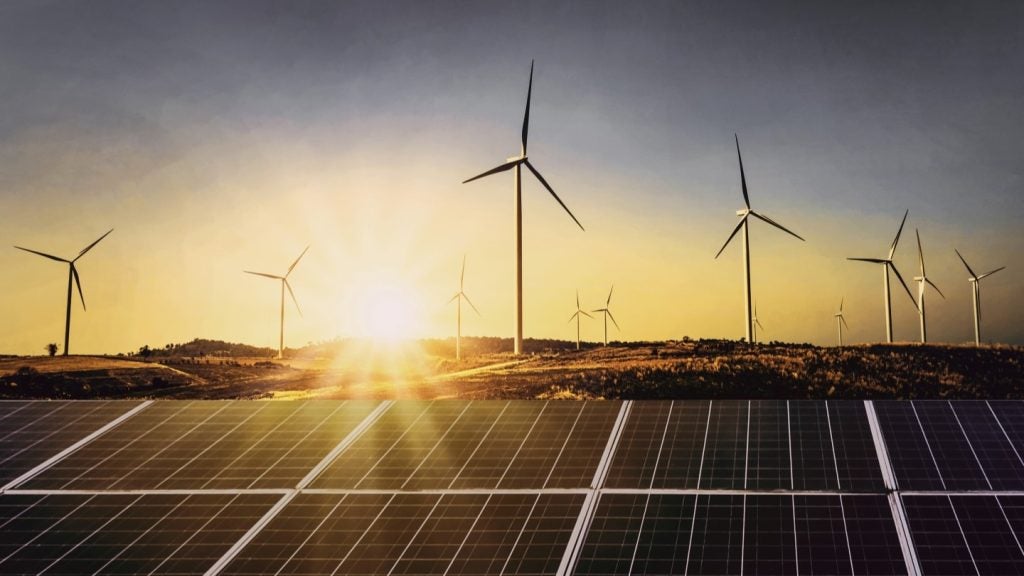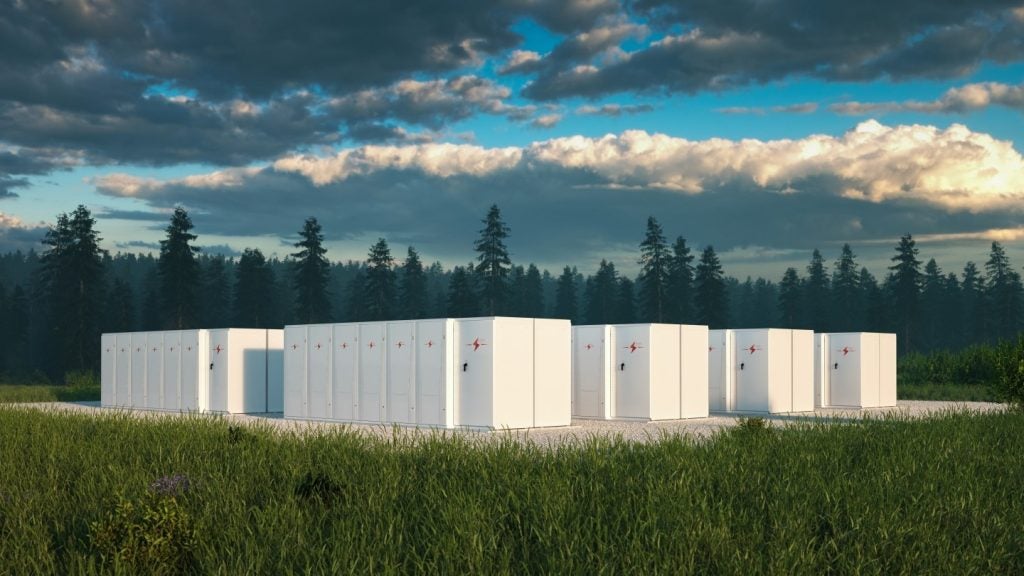Norwegian transmission system operator (TSO) Statnett has partnered with other European TSOs including Elia, Energinet, Amprion and TenneT to examine the viability of hybrid interconnectors in the North Sea.
The goal is to assess the technical and economic aspects of building such joint offshore grids.
As part of its agreement with Belgian TSO Elia, Statnett will work on the feasibility of a hybrid interconnector between Belgium and Norway that would link their respective offshore wind farms.
Statnett will also conduct a feasibility study with Danish TSO Energinet for an interconnector to bring offshore wind to Denmark and Norway.
Statnett has also entered memorandums of understanding (MoUs) with German TSOs Amprion and TenneT.
The interconnector between Germany and Norway is expected to strengthen energy security while contributing to the development of an offshore grid in the North Sea.
Statnett's evaluation will cover the entire North Sea region for possible alternative connection points.
It is hoped that a hybrid interconnector will become an alternative grid solution for new offshore wind farms on the Norwegian shelf in 2025.
The North Sea will generate 300GW of green electricity by 2050.
Amprion chief technical officer Hendrik Neumann stated: “A hybrid interconnector between the two countries could be a further and important milestone in achieving the climate targets in Europe and making better use of the wind energy potential of the North Sea. With the MoU, we are laying an important foundation for this.”
Energinet energy islands director Hanne Storm Edlefsen stated: “Energinet's co-operation with Statnett on investigating a new hybrid interconnector between Denmark and Norway is an important step in the expansion of the future offshore grid.
“An expanded grid of hybrid interconnectors and offshore energy hubs is necessary to realise political ambitions to transform the North Sea into Europe's green power plant.”


